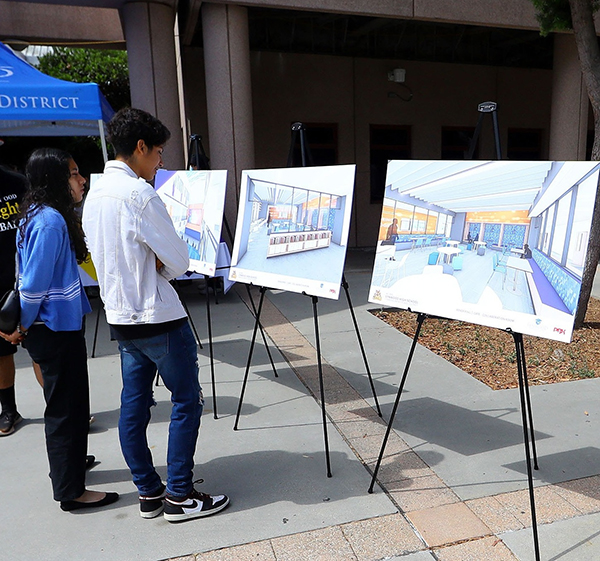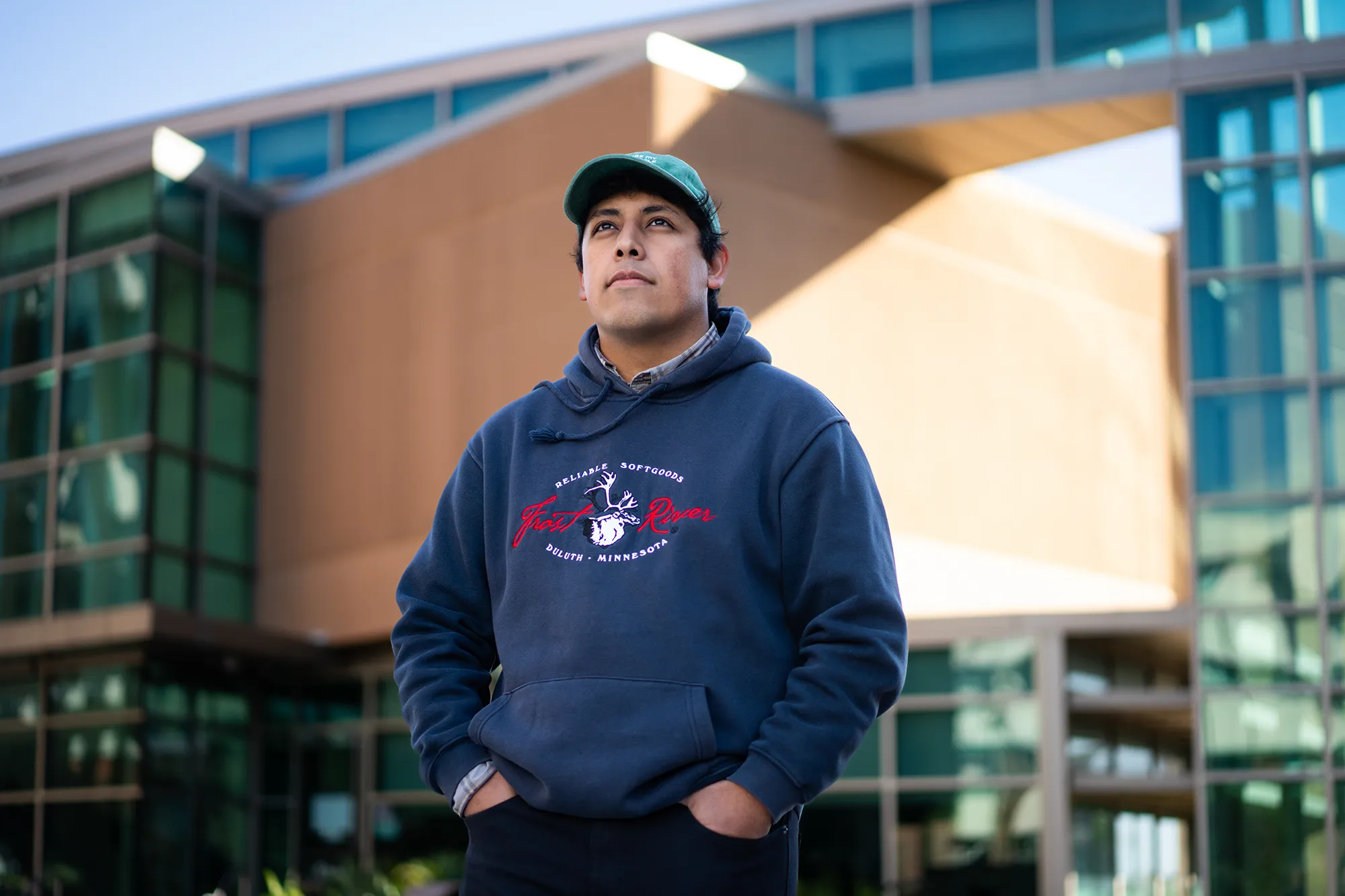By Alfredo Santana
Contributing Writer
LYNWOOD — Lynwood High School will receive $250 million from the state’s Department of Education to rebuild the three-story G-building after tons of concrete from ceilings loosened and fell to the ground in 2020.
The announcement was made at a press conference July 8, with Assembly Speaker Anthony Rendon and State Sen. Lena Gonzalez, D-Long Beach, who both played key roles in securing state funds for the project.
“I’m glad we meet again with a different perspective,” said Lynwood Unified School District Superintendent Gudiel Crosthwaite, in reference to a series of conferences the district held to explain the structural shortcomings that rendered the 24-year old campus out of order.
The G-building’s demise, plus additional construction pitfalls in other facilities forced school board members to pass emergency investments to upgrade a middle school in about six months and make room to transfer about 1,900 high school students, shuffling lower level pupils to different schools within the district.
“It caused a down effect that compromised our students and our district,” Crosthwaite said.
Flanked by several students who migrated from the former campus at 4050 Imperial Highway to the current Lynwood High on 12124 Bullis Road, Crosthwaite said the next step is to open bids for demolition and reconstruction of the G building.
Greg Fromm, the district’s assistant superintendent for business services, said disbursements from the state related to deconstruction and rebuilding will be sliced to cover each job stage as it receives approval from state and local entities.
The money will remain in a special account following signage of the $300 billion state budget for fiscal year 2022-23 by Gov. Gavin Newsom on June 30.
“The state will distribute the money at various points in time, when we need it,” Fromm said.
The district also plans to claim $14.2 million spent to upgrade the current Lynwood High and use remaining funds to repair a myriad of defects discovered in other facilities.
Reimbursement for the extraordinary expenses will require submittal of petitions at different stages.
Before high inflation at 8.5% a year and persistent supply chain snags strained the construction industry, the state estimated it would cost $100 million to build a new G building, whereas the district came up with a higher figure at $120 million.
Another caveat was that the district had to pony up one-third of the cost, or about $33 million, money it did not have.
Fromm estimated that the period to receive job bids to demolish and rebuild the G building would start this fall and may stretch through the first months of 2023.
The campus saga began when soffits and tons of concrete attached collapsed at ground level on June 2020, amid mandated COVID-19 school closures that spared anyone from injuries.
In an abundance of caution, district leaders closed the campus and hired several engineering firms to remove debris and study the structure’s integrity.
Del Terra Group, an engineering company, concluded that shoddy installations like faulty retainers, joints and defective air conditioning systems did not meet architectural standards for educational buildings when the facility opened in 2000.
However, the welded steel skeleton remained sound, Del Terra concluded.
The findings propelled the district to seek funds from state and federal agencies to repair the campus. But estimates to fix the building ran higher than half the cost of demolishing and rebuilding it, triggering a state law that called for a complete tear down and reconstruct.
Denise Ortiz, a recent Lynwood High graduate, said students and staff alike put up with that burden last school year, but grit and resilience made them succeed even in cramped classrooms.
“We were struggling to move to a different campus that had smaller facilities, reduced labs and activities,” the valedictorian graduate said. “Even though I will not be able to experience it, I will be able to see [students] succeed in this campus as they experience it. This money will help the future graduation of Lynwood students.”
Rendon, whose 63th Assembly District covers Lynwood, said securing the funds was a tough job in Sacramento, and acknowledged the legislation had many hurdles.
“You don’t accomplish anything in the Legislature alone,” Rendon said. “You have to work as a team. When you have a crisis, it’s easy to bow down, but the school board never did.”
The Assembly speaker credited the success to continuous work between Lynwood’s City Council and the district’s school board, pointing to travels they made to the state Capitol to lobby for the assistance.
Crosthwaite, district school board members Alfonso Morales, Maria Lopez, Fromm and public information officer Jamal Corner met with three senators and seven Assembly members to lay out the case for the needed funds.
“We can do big things in the state,” Rendon said. “The problems aren’t unsurmountable and I’m happy to make my part in the state.”
Crosthwaite said that when the district posed the request to Gonzalez, she did not flinch.
“We know that the community and people behind it in Lynwood were better,” said Gonzalez, who represents the 33rd Senate District. “We knew that $250 million was a big jump, but we wrote the letter. When we learned the [outcome], we were literally jumping,”
The senator said the investment milestone ensures more students continue their path toward academic excellence and lift up their communities.
Jennie Carreon, deputy superintendent of strategy, planning and special projects with the state Department of Education, said the initial request seemed too much, but she realized that Lynwood Unified had a different experience and unique stories from students like Ortiz.
“We are here and we will be here at the ribbon cutting,” Carreon said.
Fromm said that the campus’ saga may be over when the new building is finished for the 2026-27 school year, if construction plans and permit approvals are not delayed and aggregate repairs are covered.
Then the campus would be ready to receive between 1,900 and 2,000 pupils, with a projected decline in enrollment of 2 to 3%.












